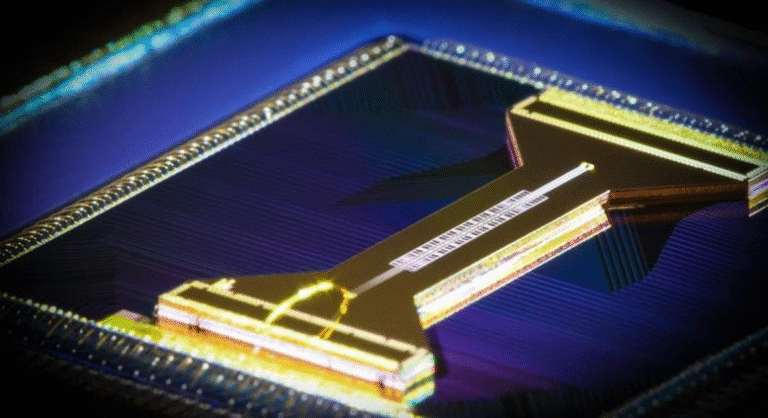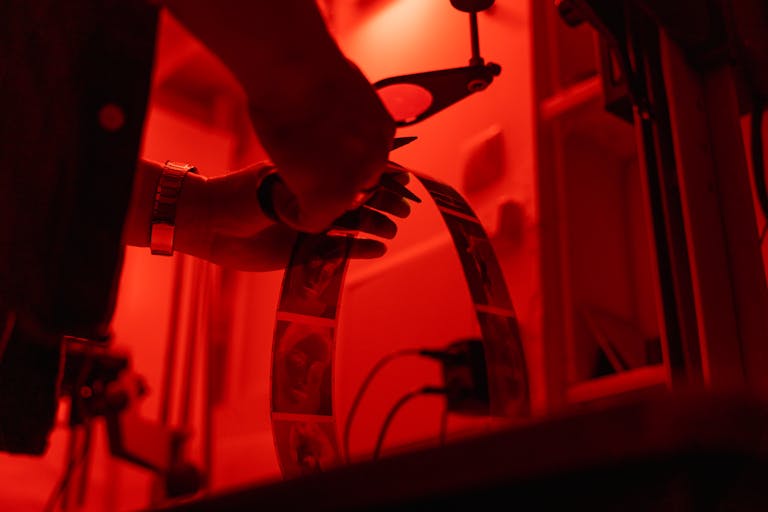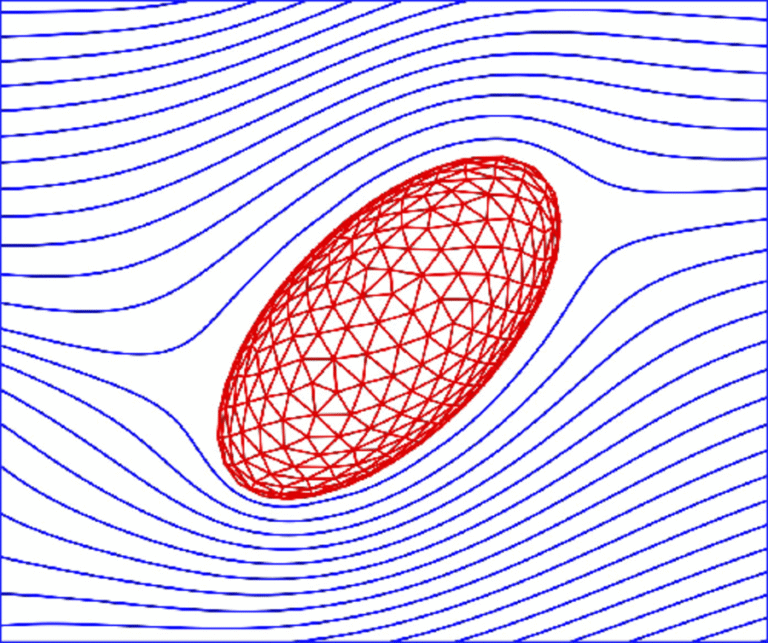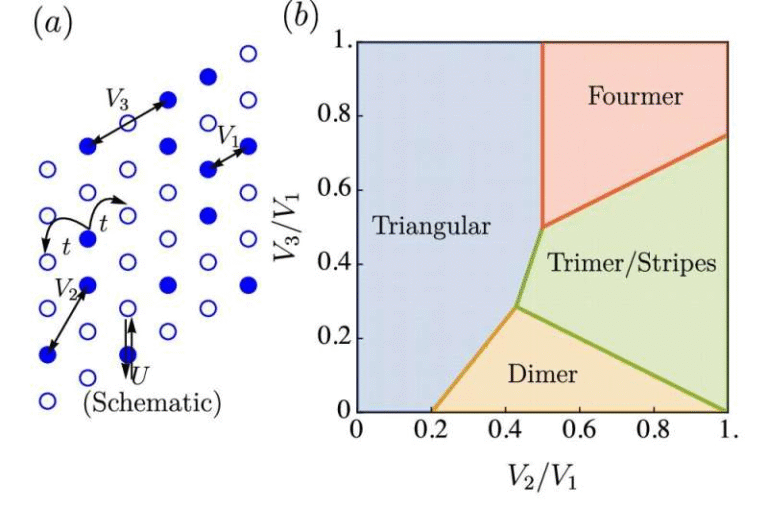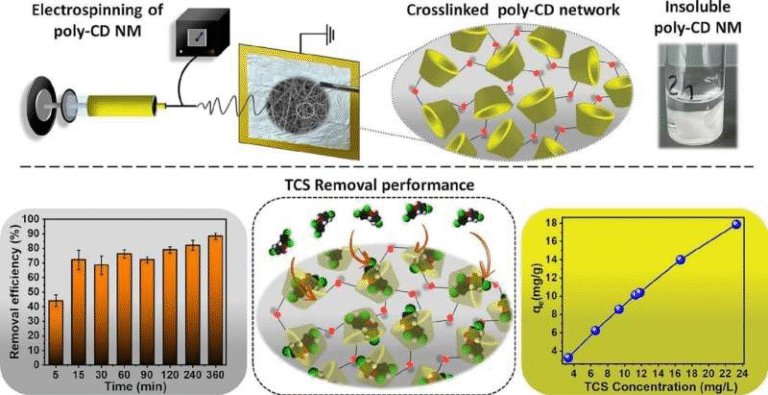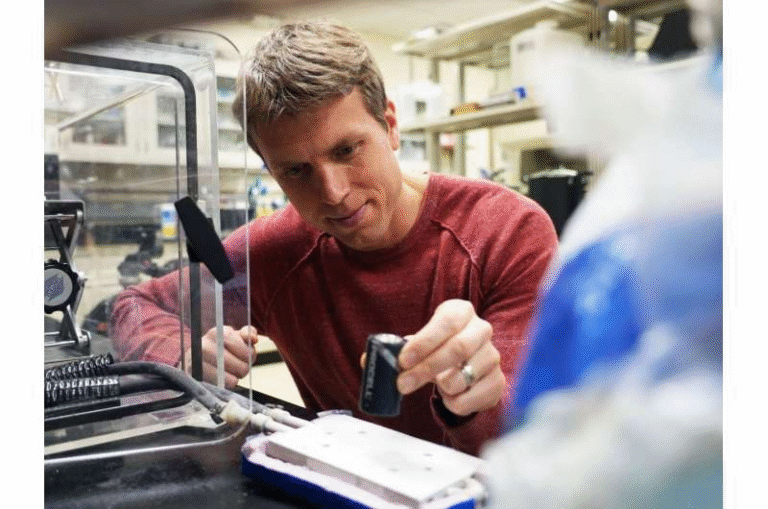Quantum-Secured Optical System Hits Terabit-Per-Second Speeds for AI Data Centers

A team of researchers has developed a quantum-secured optical transmission system capable of transferring data at terabit-per-second speeds while maintaining long-term security against quantum computing threats. The system—designed for AI-driven data centers—balances high performance, low power consumption, and future-proof encryption in a single, practical architecture.
Published in Advanced Photonics (2025), the study describes a quantum-secured, DSP-lite data transmission system that could transform how large-scale data centers handle communication. It achieves a blend of speed, efficiency, and quantum safety, all crucial in an era where AI demands are pushing data infrastructure to its limits.
Why This System Matters
As artificial intelligence systems expand, data centers face intense pressure to move information faster and more efficiently. Modern AI training and inference workloads involve massive parallel processing, and that means enormous amounts of data constantly moving between servers, storage systems, and accelerators.
But that’s not the only challenge. Rising electricity use, cost of data transmission, and the looming threat of quantum computers cracking traditional encryption systems make secure, energy-efficient communication a top priority.
This is where the new optical architecture comes in: it delivers multi-terabit data transfer speeds, drastically reduces digital signal processing (DSP) overhead, and integrates quantum key distribution (QKD) for future-proof data security.
The Core Idea: Faster, Simpler, and Safer
The system is designed around two main goals:
- Move data efficiently at extremely high speeds.
- Secure that data using quantum-based encryption.
To achieve this, the researchers use a technique called Self-Homodyne Coherent (SHC) transmission. In SHC systems, the transmitter sends both the data signal and a reference signal (local oscillator) together through the same optical path.
This eliminates the need for a separate local oscillator at the receiver, which usually requires heavy DSP to correct for phase and frequency differences. The result is a simpler, more power-efficient receiver that can still handle high-sensitivity optical signals.
The SHC method allows for low-latency, stable, and high-throughput transmission, achieving speeds of over 1.6 terabits per second (Tb/s) while keeping power use and costs low.
Adding Quantum Security with QKD
For security, the system incorporates Quantum Key Distribution (QKD). QKD is a cryptographic method that uses quantum mechanics to generate secret encryption keys. Unlike conventional encryption, any attempt to intercept quantum keys will disturb their state, instantly revealing eavesdropping attempts.
In this setup, the quantum-generated keys are combined with AES-256 encryption, creating a powerful hybrid security model. The classical data channels carry encrypted information, while the quantum channel continuously provides fresh, secret keys.
This ensures long-term protection, even against future quantum computers that might one day be able to break current public-key cryptographic algorithms.
How It’s Built: Multicore Fiber and Parallel Channels
To handle both classical data and quantum signals simultaneously, the researchers used multicore fiber (MCF). Instead of just one optical path, MCF has multiple independent cores—each capable of carrying a separate signal.
In this case, a seven-core fiber was used, allowing classical data to occupy some cores and quantum signals to occupy others. This parallel design lets both types of signals coexist without interference and remain compatible with existing fiber-optic infrastructure.
By transmitting both classical and quantum data in one cable, the system simplifies deployment while increasing overall capacity. It’s also a space-efficient solution since multiple channels run within a single fiber strand.
Lab Results: Real Performance Numbers
The research team didn’t just theorize this design—they built and tested it.
In laboratory experiments using the seven-core fiber, the SHC system handled classical data transmission, while QKD secured the channel.
Here are the key results:
- Data rate: 400 gigabits per second (Gb/s) per fiber core.
- Aggregated throughput: Over 2 terabits per second (Tb/s) across all cores.
- Secret key rate (SKR): Average of 229 kilobits per second (kb/s).
- Quantum bit error rate (QBER): Approximately 1.27%, which is low enough for secure operation.
In a 24-hour continuous test spanning 3.5 kilometers of fiber, the system maintained:
- An average SKR of 205 kb/s,
- Generated roughly 583 encryption keys per second,
- Consumed about 1,440 session keys in total, and
- Successfully encrypted and decrypted 21.6 petabits of classical data in real time—without a single error.
These results prove that the architecture can handle long-term, stable, and secure data transmission, making it ready for real-world applications in AI data centers and high-capacity communication systems.
Power and Efficiency Gains
A major advantage of this design is how little DSP it requires compared to conventional coherent optical systems. DSP is often one of the most power-hungry and expensive parts of optical transceivers.
By sending the reference signal along with the data, the system avoids complex digital corrections, reducing both energy consumption and hardware cost.
At the same time, the all-optical synchronization method—using a clock-embedded local oscillator—keeps the transmitter and receiver perfectly aligned without extra DSP layers. This clock-embedded design simplifies the overall architecture while maintaining precise timing between the data and the QKD terminals.
Quantum Security: The Future-Proof Layer
Quantum computers, once mature, could easily break the encryption systems that protect today’s internet and data centers. Standard algorithms like RSA and ECC rely on mathematical problems that quantum algorithms (like Shor’s) could solve efficiently.
That’s why Quantum Key Distribution is so valuable. It’s not based on math—it’s based on physics. Quantum mechanics ensures that keys cannot be copied or intercepted without detection.
In the researchers’ system, QKD provides a steady stream of fresh keys used for AES-256 encryption. Even if an attacker were to record all the encrypted data today, they’d never be able to decrypt it in the future because the encryption keys were generated and exchanged through quantum processes that can’t be replicated.
This hybrid model—classical encryption reinforced with quantum-generated keys—offers a bridge to the post-quantum world, giving data centers a security advantage that will last decades.
Potential Impact on AI Data Centers
Modern AI data centers are enormous, power-hungry, and data-intensive. As AI training scales to trillions of parameters, communication bandwidth between GPUs, CPUs, and storage arrays becomes a critical bottleneck.
This new optical system directly targets these bottlenecks by:
- Offering terabit-level throughput,
- Reducing energy use per bit transmitted,
- Strengthening data security against quantum threats, and
- Remaining scalable and compatible with today’s fiber infrastructure.
The approach aligns well with AI-driven workloads, which need secure, high-speed interconnects to manage the constant flow of training data and model parameters.
For future large-scale systems—such as those supporting autonomous vehicles, national research networks, or next-generation cloud AI clusters—this technology could form the backbone of secure, high-performance connectivity.
Real-World Readiness and Challenges
While the system shows huge promise, there are still challenges before it can see full-scale commercial deployment.
- Distance limitations: The experiment covered 3.5 km of fiber—ideal for inter-rack or campus-level links but shorter than metro or inter-city distances. For longer spans, signal degradation and noise will need further optimization.
- Complexity of multicore fiber: Although MCF greatly increases bandwidth, manufacturing and handling it at scale is trickier than single-core fiber. Issues like inter-core crosstalk and splicing precision can raise costs.
- Quantum system integration: Implementing QKD in large-scale data centers requires synchronization, calibration, and real-time key management systems that are still evolving.
- Initial cost: Even though the design is “DSP-lite,” quantum modules and multicore fiber aren’t cheap—yet. As manufacturing scales, these costs will drop.
Despite these hurdles, the architecture represents a major step toward quantum-secure, high-capacity optical networks.
Broader Context: A Quick Dive into Quantum Key Distribution
Since this research leans heavily on QKD, it’s worth briefly explaining how it works.
In QKD, two parties (often called Alice and Bob) exchange keys by sending quantum bits (qubits)—usually photons—over a fiber link. Each photon’s quantum state encodes part of the key. If a third party (Eve) tries to intercept or measure the photons, it changes their state, alerting the system to eavesdropping.
The most common QKD protocols are BB84 and E91, and they have been experimentally demonstrated in both terrestrial and satellite-based systems. In this study, the team used polarization-encoded QKD, which is robust and compatible with optical fiber systems.
Although QKD currently offers relatively low bit rates compared to classical data transmission, the generated keys are used to secure extremely high data volumes through fast symmetric encryption (like AES). The study demonstrates how this pairing can be practical at the data-center scale.
The Road Ahead
The combination of Self-Homodyne Coherent transmission, multicore fiber, and Quantum Key Distribution could mark the beginning of a new era in quantum-secured photonic networks.
It addresses today’s performance challenges while anticipating tomorrow’s quantum threats—a rare balance between speed, scalability, and security.
As AI models continue to grow and cloud infrastructure expands globally, architectures like this could become essential for protecting sensitive information while keeping up with the staggering data demands of modern computing.
In the words of the research team, this development “paves the way for secure, scalable, and energy-efficient optical interconnects” ready for the AI era and beyond.
Research Reference:
Xitao Ji et al., Quantum-Secured DSP-Lite Data Transmission Architecture for AI-Driven Data Centers, Advanced Photonics (2025). DOI: 10.1117/1.AP.7.6.066006
